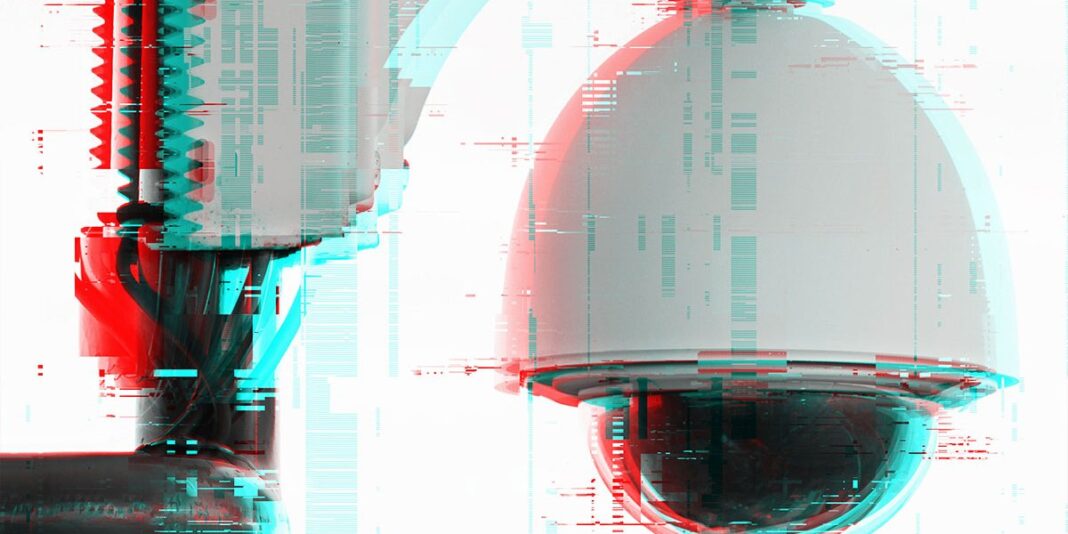As we increasingly rely on technology to manage our daily lives, the power to identify and authenticate is about to become more sophisticated than ever. Facial recognition technology, once considered a cutting-edge tool, has been quietly transforming industries from law enforcement to finance. But now, a groundbreaking upgrade is poised to revolutionize the way we verify identities, leaving behind a trail of outdated methods and inefficiencies. This seismic shift is not only set to streamline security measures but also open doors to innovative applications in fields such as healthcare, education, and entertainment. With the latest advancements in artificial intelligence and machine learning, the stakes have never been higher – or more intriguing – as we explore the far-reaching implications of this technology’s next evolution.
The Rise of Live Facial Recognition Technology
How It Works
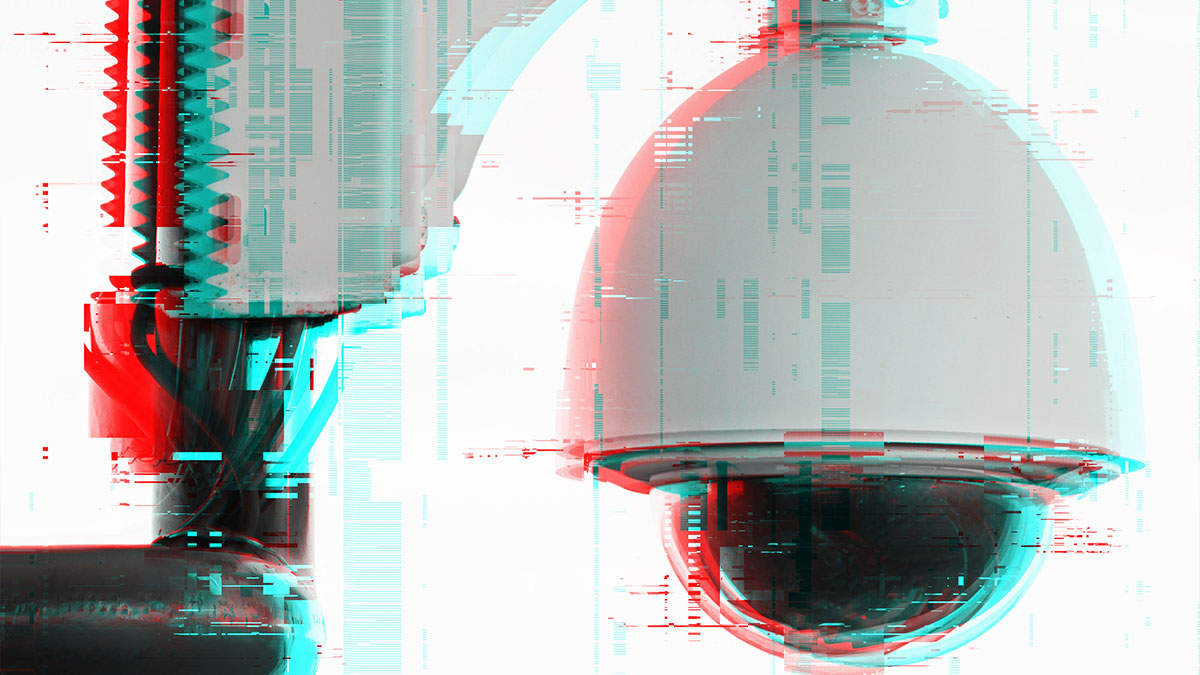
Live facial recognition systems use a database of individuals to match against those captured by cameras in real-time. This creates a constant surveillance environment, often before any offense has occurred.
As Peter Fussey explains, “What you see in the UK is live facial recognition, which means that there is a database of individuals the police are interested in. Then, as the public walks past the camera, each of those people is scanned and then matched against that database. Here, you are enacting surveillance before, you know, any offense.”
The Concerns
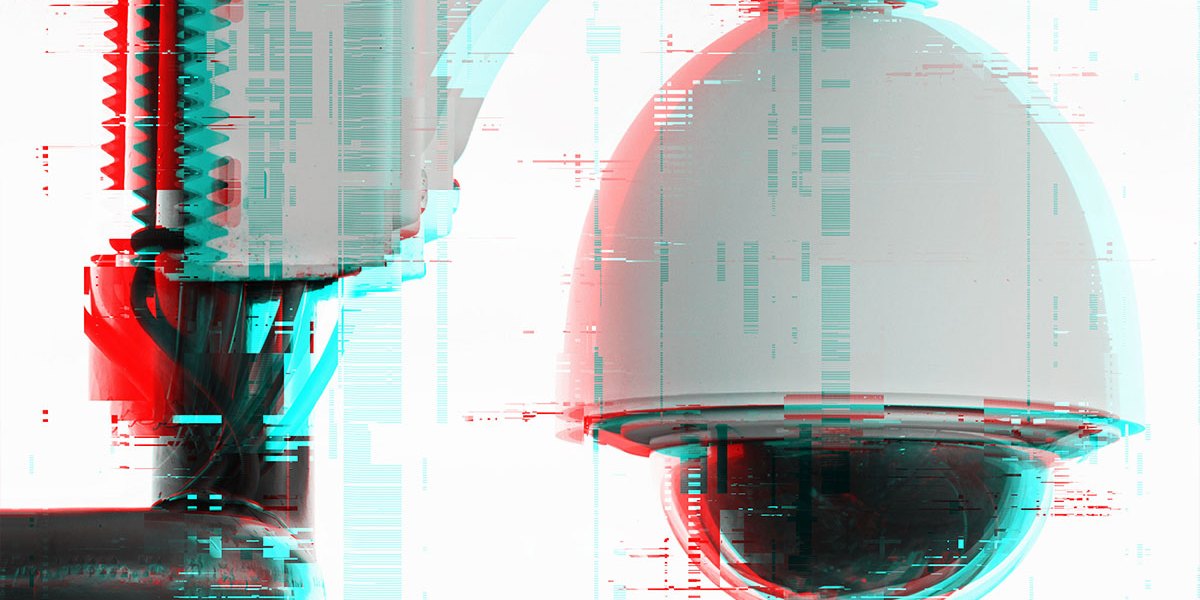
The capture and storage of biometric data raises serious questions about proportionality and necessity. As Peter Fussey notes, “That raises some serious questions about how proportionate that is, for instance. How necessary it is to biometrically scan tens of thousands of people just cause you’re interested in talking to somebody.”
The risk of false identifications and the consequences for individuals wrongly accused is also a significant concern. As Jennifer Strong points out, “The other question, when you say humans can’t process that information, but also it’s unclear whether the technology can yet either. What happens if you’re falsely identified?”
Peter Fussey’s research found that in six full days of sitting in police vans, the camera correctly identified individuals only eight times out of 42. This raises serious questions about the reliability of the technology.

Real-World Applications
The use of live facial recognition in policing and surveillance has significant implications for individual freedoms. As Gabrielle Voinot notes, “These past five years France has lived for much of the time in a state of emergency,” she says. “I’ve seen more and more constraints put on our liberty.”
The impact on marginalized communities and the potential for discriminatory policing practices is also a significant concern. As Marseille’s experience shows, the technology can have a disproportionate impact on certain communities.
The Marseille Experiment
Context
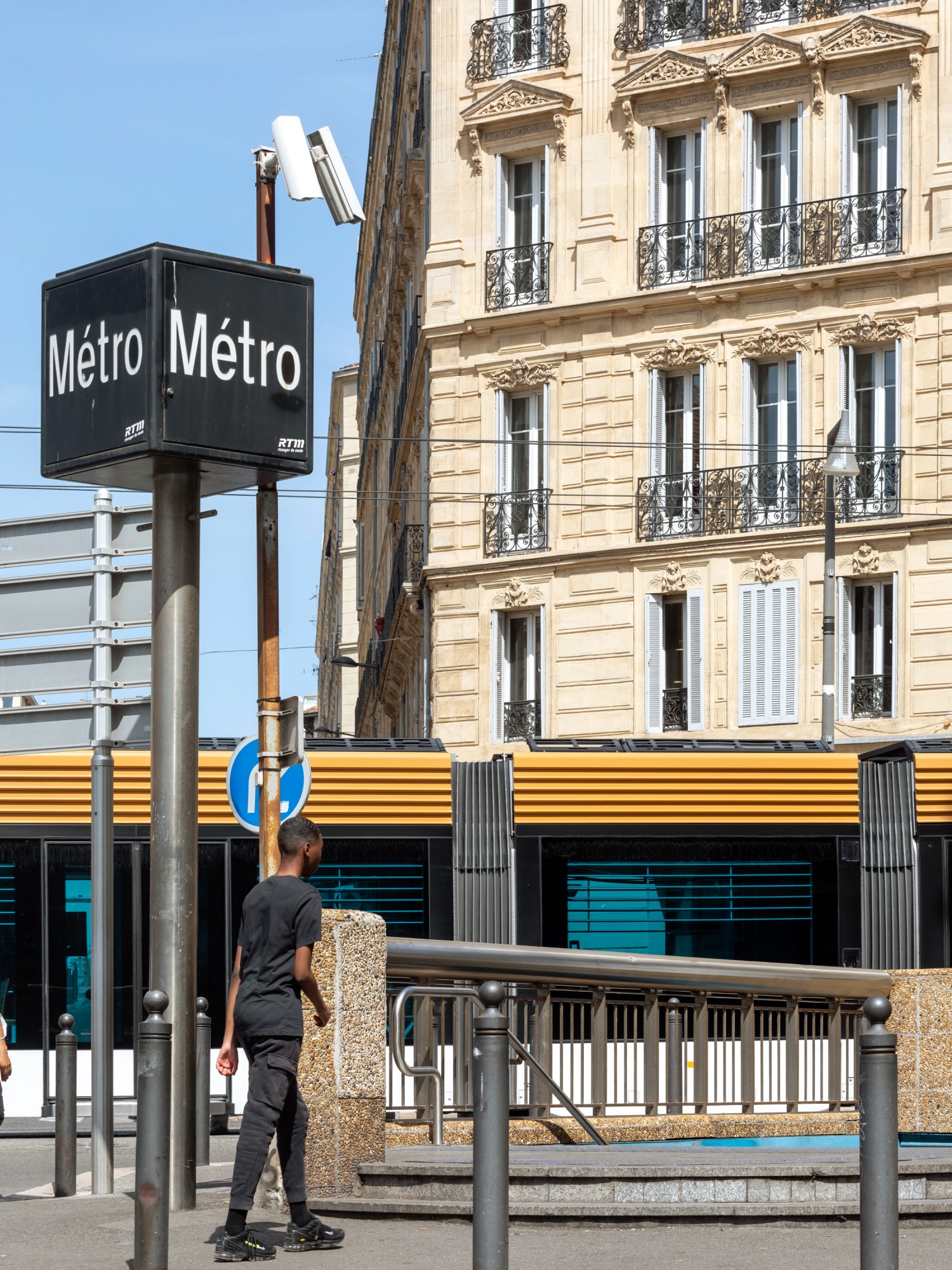
Marseille, France’s second-largest city, has a complex history and a high level of ethnic diversity. The city has struggled with poverty, crime, and gang activity, making it a testing ground for surveillance tech.
President Emmanuel Macron’s announcement to increase security cameras in the city was seen as a law-and-order measure. As he stated, “If we can’t succeed in Marseille, we can’t make a success out of France.”

The Resistance
Marseille’s attitude towards surveillance can be summed up by graffiti you might pass as you drive in on the A7 motorway: “La vie est (re)belle.” The city’s residents are pushing back against the increased reliance on cameras in public spaces.
Activists are fighting back, highlighting the existing surveillance system’s overreach and underperformance. Their message seems to resonate. In 2020, the city elected a new administration, one that had pledged a moratorium on video surveillance devices.
Technopolice, a campaign and activist network launched by the digital rights advocacy group La Quadrature du Net in collaboration with other groups, got its start in 2019. Félix Tréguer, an associate researcher at the CNRS Center for Internet and Society, was one of those behind the campaign.
He had been seeing increasing numbers of articles in the French media about new surveillance projects and was shocked at how uncritical they were. “[One] simply rehashed the press release from the Marseille council,” he says.
Resistance and Activism
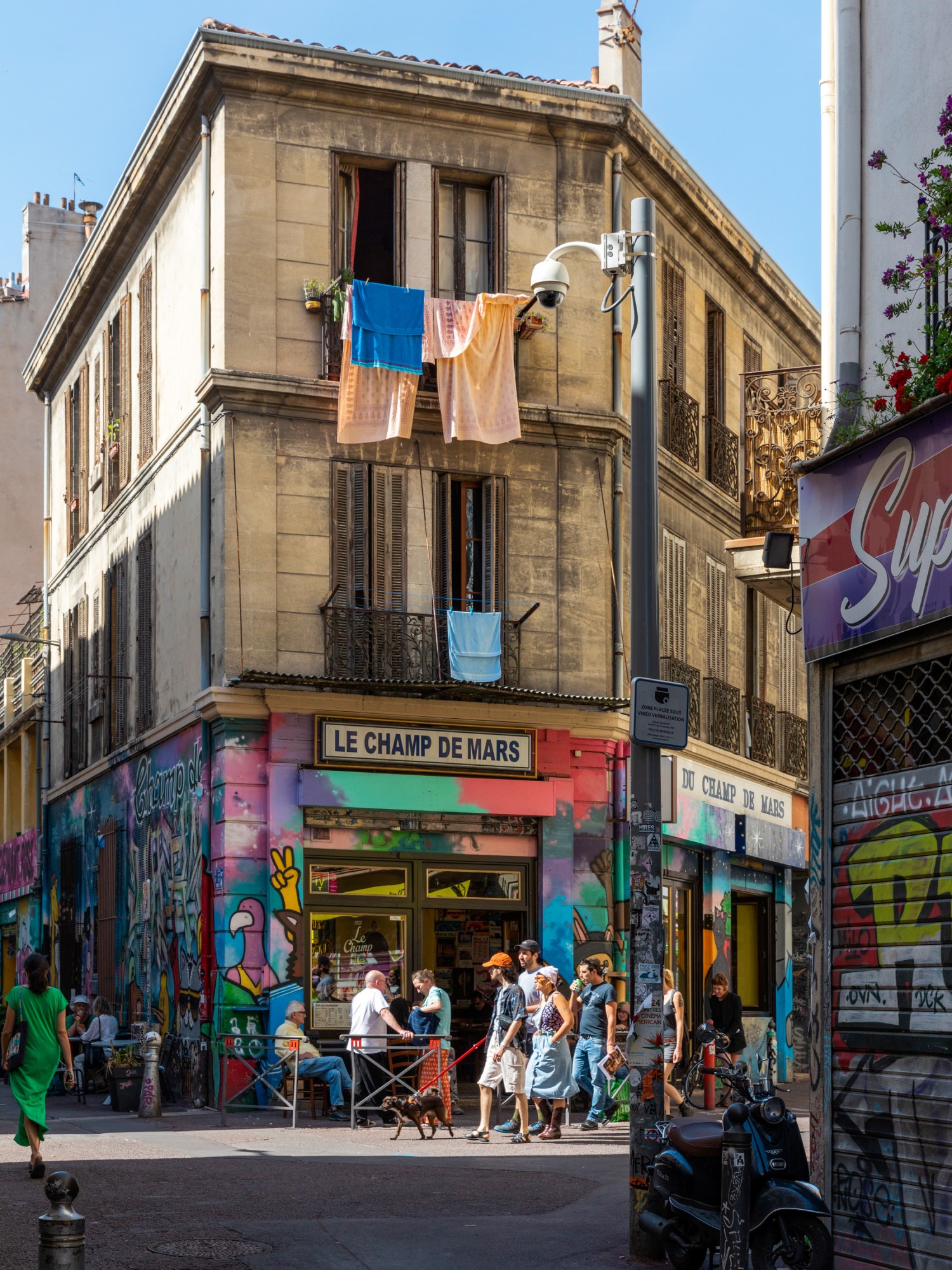
The city’s residents have pushed back against the increased surveillance, highlighting concerns about overreach and underperformance. The election of a new administration that pledged a moratorium on video surveillance devices has marked a significant shift in the city’s approach to surveillance. Activist groups, such as Technopolice, have played a crucial role in fighting against the surveillance rollout.
Technopolice, a campaign and activist network launched by the digital rights advocacy group La Quadrature du Net in collaboration with other groups, got its start in 2019. Félix Tréguer, an associate researcher at the CNRS Center for Internet and Society, was one of those behind the campaign. He had been seeing increasing numbers of articles in the French media about new surveillance projects and was shocked at how uncritical they were.
The Marseille experiment raises questions about the impact of surveillance tech on individual freedoms in France. The potential for increased reliance on cameras in public spaces, and the consequences for marginalized communities are pressing concerns.
The Ethics of Facial Recognition
Biometric Data and Surveillance
Facial recognition technology involves the capture, processing, and maintenance of biometric data, a special category of data that is universally seen as an intrusive practice. This raises serious questions about how proportionate it is, for instance, to scan tens of thousands of people just because you are interested in talking to somebody.
Peter Fussey, an expert in surveillance, notes that the existing CCTV cameras, or low-tech, analog human surveillance, doesn’t involve the capture, processing, and maintenance and management of biometric data. This special category of data has to be safely sorted and stored, and as Fussey points out, no human can possibly process the volume that’s being captured by these systems.
Algorithmic Bias and Error
The potential for algorithms to perpetuate biases and errors in facial recognition technology is a pressing concern. The consequences for individuals wrongly accused or targeted by biased systems are severe. Fussey’s research found that the technology was correct only eight times out of 42, raising questions about the technology’s reliability.
The need for transparency and accountability in the development and deployment of facial recognition tech is essential. As Fussey notes, if the camera says that you are a suspect, you’re somebody on their watch list, how many times do we know it’s correct?
Human Rights and Surveillance
The impact of facial recognition on human rights and individual freedoms is a pressing concern. The need for a nuanced approach to surveillance and the balancing of security concerns with individual rights is essential. As Gabrielle Voinot notes, “these past five years France has lived for much of the time in a state of emergency,” and “I’ve seen more and more constraints put on our liberty.”
The city of Marseille, with its diverse population and history of political regimes, is a curious testing ground for surveillance tech. The city’s residents have pushed back against the increased surveillance, highlighting concerns about overreach and underperformance.
Conclusion
In recent breakthroughs, facial recognition technology has undergone a significant upgrade, allowing for enhanced accuracy, efficiency, and security. The article highlighted key developments in this area, including advancements in deep learning algorithms, improved data processing capabilities, and increased adoption in various sectors such as law enforcement, finance, and healthcare. These upgrades have far-reaching implications, enabling more precise identification, improved threat detection, and streamlined authentication processes.
The significance of this upgrade cannot be overstated, as it has the potential to revolutionize the way we interact with technology and each other. By leveraging facial recognition technology, businesses and organizations can improve customer experiences, enhance security measures, and stay ahead of emerging threats. Moreover, the increasing accuracy and efficiency of facial recognition systems are likely to have a profound impact on public safety, as it enables law enforcement agencies to respond more effectively to crimes and emergencies. As facial recognition technology continues to evolve, it will be interesting to see how it shapes the future of public and private sectors alike.
As we move forward in this era of technological advancements, one thing is clear: the future of facial recognition technology holds tremendous promise and equal amounts of responsibility. As we reap the benefits of this technology, we must also acknowledge the potential risks and implement robust safeguards to protect individual rights and freedoms. Ultimately, the upgrade of facial recognition technology presents us with a critical juncture, one where we must weigh the benefits against the costs and strive to create a future where technology serves humanity, not the other way around.
